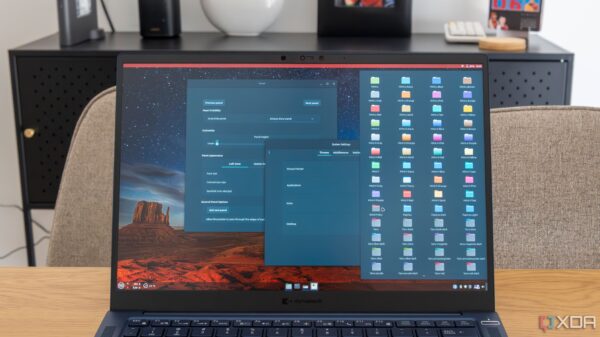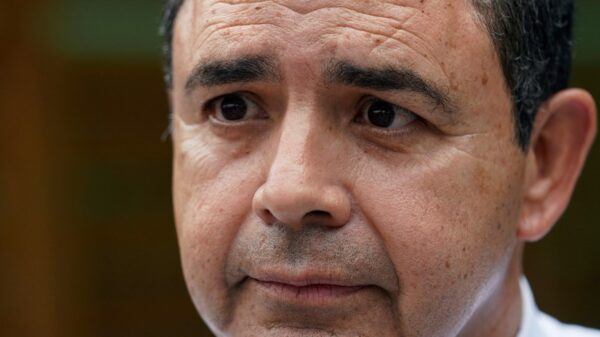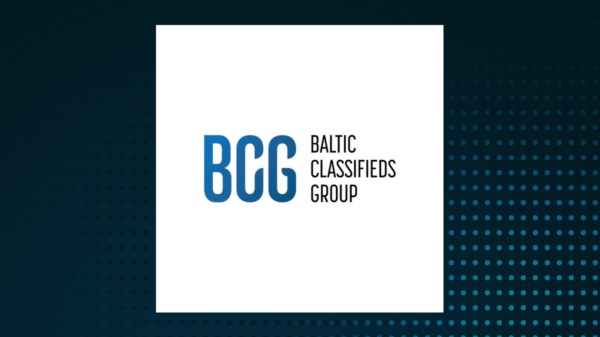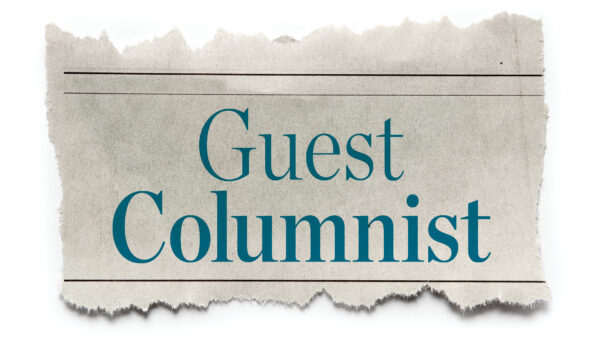The recent Abundance Conference held at the Salamander Hotel in Washington D.C. showcased a gathering of proponents advocating for reduced government regulations, particularly in technology and housing. In stark contrast, the NatCon conference, taking place simultaneously at the Westin DC Downtown, featured a coalition of right-wing figures, including former Trump officials, who expressed strong anti-regulation sentiments focused on immigration and technology.
The Abundance Conference attracted a diverse crowd with a shared belief that a less regulated environment could facilitate a brighter future. Participants discussed concepts such as expanding housing and improving access to cutting-edge technology, arguing that excessive regulations hinder progress. Gaby Del Valle, a policy reporter for The Verge, attended both events and highlighted an intriguing similarity: despite their ideological differences, both conferences grappled with the distribution of resources and defining what it means to be American.
At Abundance, the discussions emphasized the need for more housing and technology as a means to support a growing population. The event drew inspiration from the “Yes In My Back Yard” (YIMBY) movement, which advocates for increased housing development in response to local opposition, often referred to as “Not In My Back Yard” (NIMBY) sentiments. Del Valle explained that while some attendees were openly socialist, others represented more centrist perspectives, indicating a broad ideological spectrum within the conference.
In contrast, NatCon focused on limiting resources to “true Americans.” Missouri Senator Eric Schmitt delivered a keynote address emphasizing a nationalistic approach, claiming that America’s resources should primarily benefit its citizens. This rhetoric included calls for stricter immigration controls and a more significant crackdown on technology development, reflecting a growing anxiety about the implications of artificial intelligence and foreign influence.
The discussions at both conferences highlighted a realignment in political ideologies. While NatCon took a hardline stance against free trade and advocated for tariffs, the Abundance attendees debated the extent of regulatory reform necessary to foster innovation and growth. As Del Valle noted, the Abundance coalition was less unified in its stance on technology, with some advocating for “friction” in tech development, suggesting a desire for a more balanced approach.
Immigration also emerged as a critical topic. The only panel addressing this issue at Abundance focused on high-skilled immigration, particularly reforms to the H-1B visa program. Attendees called for changes to reduce fraud while expanding opportunities for skilled workers, reflecting a nuanced understanding of the economic demands for talent in the technology sector.
Despite the ideological divides, the overarching theme of both conferences revolved around the future of America. NatCon’s focus on preserving resources for Americans contrasted sharply with Abundance’s optimistic vision of a technologically advanced society where everyone benefits from innovation. Del Valle summarized the difference succinctly: while NatCon embodies “all vibes, no policy,” Abundance strives for “all policy, no vibes,” seeking to translate complex ideas into actionable public policies.
As both conferences concluded, the differing visions for America’s future remain clear. The Abundance Conference advocates a collaborative, innovative approach to solving societal issues through reduced regulation, while NatCon emphasizes a protective, nationalistic strategy aimed at defining and safeguarding American identity. The discussions at both events illustrate a critical moment in American political discourse, with implications that could shape future policies across the spectrum.





































































